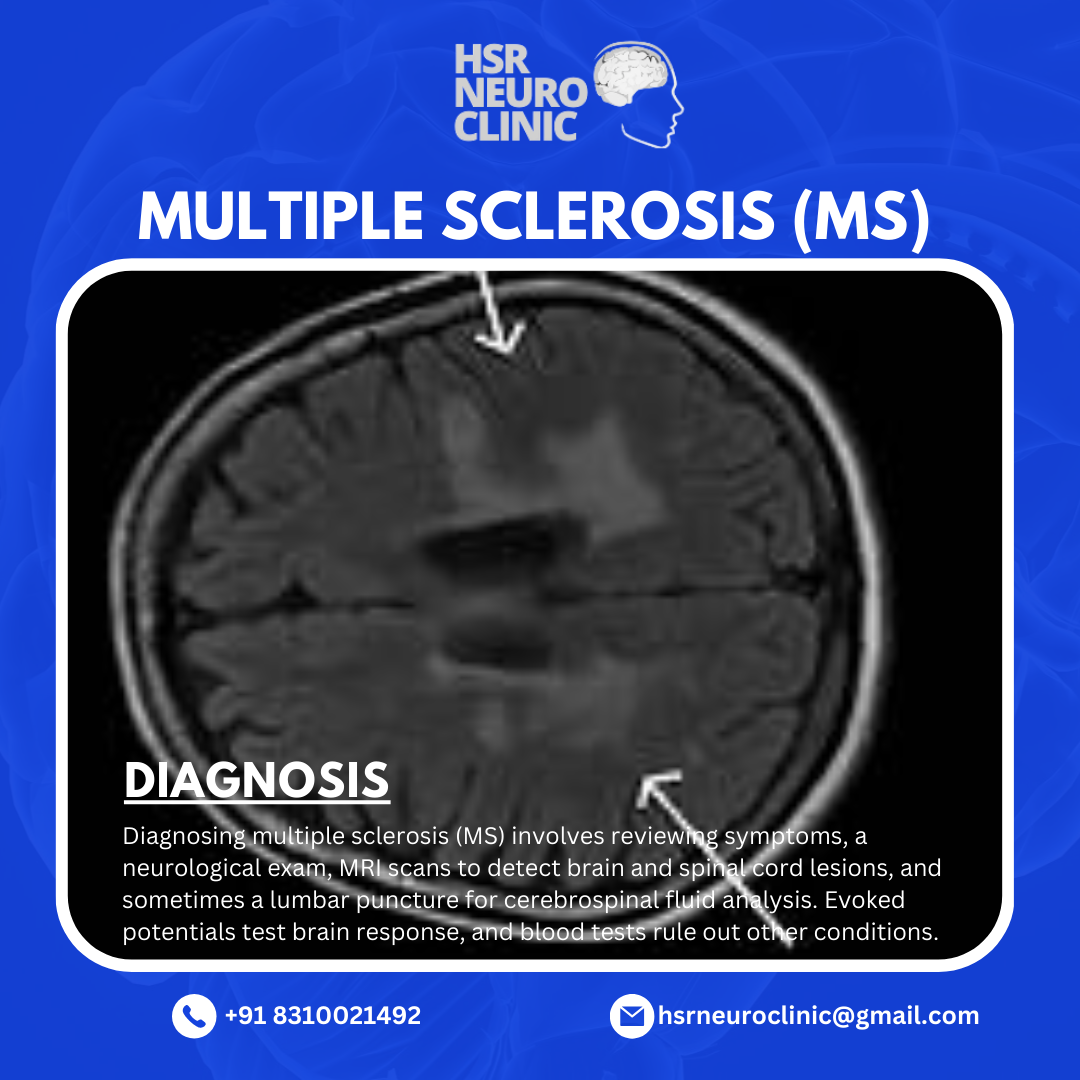+918048034088

This is your website preview.
Currently it only shows your basic business info. Start adding relevant business details such as description, images and products or services to gain your customers attention by using Boost 360 android app / iOS App / web portal.
Diagnosing multiple sclerosis (MS) can be chall...

Diagnosing multiple sclerosis (MS) can be challenging, as there is no single test that confirms the disease. Doctors typically use a combination of medical history, neurological exams, and various diagnostic tools to confirm MS. Here are the primary steps involved in diagnosing MS: Medical History and Symptoms: The doctor begins by reviewing the patient's symptoms, medical history, and family history. They will look for recurring neurological symptoms that align with MS, such as vision changes, numbness, and muscle weakness. Neurological Examination: A physical and neurological exam assesses sensory changes, muscle strength, coordination, reflexes, and balance. This helps identify abnormalities in nerve function that may point to MS. Magnetic Resonance Imaging (MRI): An MRI scan of the brain and spinal cord is one of the most important tools for diagnosing MS. It can reveal lesions or "plaques" in the central nervous system, which are areas of inflammation and damage associated with MS. Lumbar Puncture (Spinal Tap): In this procedure, a sample of cerebrospinal fluid (CSF) is taken from the spinal canal. People with MS often have certain antibodies or proteins in their CSF that indicate an immune response in the central nervous system. Evoked Potentials (EP) Test: This test measures the brain's response to visual, auditory, or sensory stimuli. Delayed responses in the brain can indicate damage to the nerve pathways, often found in MS. Blood Tests: While blood tests can’t diagnose MS directly, they help rule out other conditions with similar symptoms, such as infections, vitamin deficiencies, or autoimmune diseases.

